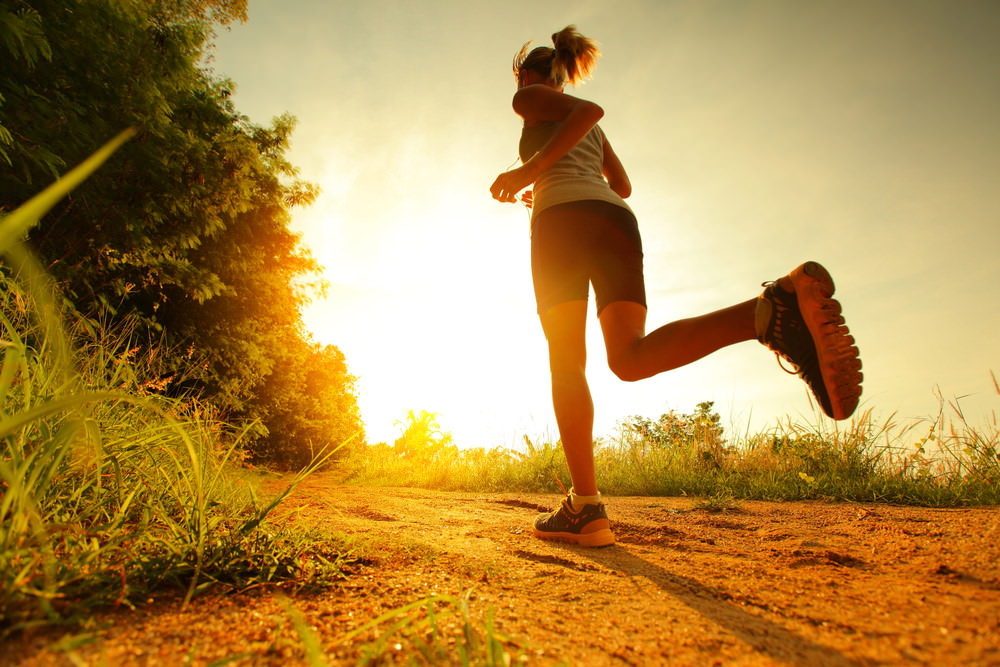I typically see an actual correlation in athletes who’ve had a profitable cross nation season, in that they go on to have a robust block of street working coaching and race performances.
For me there are a selection of causes for this, past the straightforward proven fact that cross-country coaching and racing is simply good old style exhausting work!
Many high coaches and athletes swear by doing the vast majority of their coaching on comfortable surfaces. Alberto Salazar, coach to Mo Farah, Galen Rupp amongst different at Nike’s Oregon Challenge is a notable advocate of working the vast majority of an athlete’s milage on grass.
Except for serving to to scale back the attritional nature of working by coaching off-road, the variability that comes from working throughout combined terrain, each when it comes to gradient and floor sort, could be extremely stimulating for the neuromuscular system. This stimulation comes from the variability in motion patterns, serving to to enhance approach and cut back the repetitive nature of the unchanging sample of street working.
I’ve beforehand written about hill working, and the methods through which it may well assist to enhance approach, notably via bettering hip drive and posterior chain activation. On this article I wish to discover what occurs to working approach as we run over comfortable surfaces versus exhausting surfaces.
Tensioning the Spring
Stiffness is a time period we frequently use colloquially as runners. Everyone knows what we’re referring to… However what is stiffness?
“Stiffness” is how we outline the power of a tissue or mechanism to resist an exterior pressure (such because the impact of gravity) with out deformation.
Take into account this, as we have a look at how the human leg and the way the foremost joints masses upon contact with the bottom when working. Seize a espresso and watch the video lecture under the place Ian Griffiths describes how we will mannequin the human leg as a spring-like mechanism…
As Ian describes in his video, the spring-like traits of the human leg imply {that a} runner will subconsciously alter the stiffness of the limb to optimise for the compliance (softness) of the touchdown floor. This course of is managed subconsciously by the Central Nervous System, and over time can change into a coaching impact, identical to every other.
The place we all know that elevated limb stiffness (to some extent) could be linked to working effectivity, and decreased limb stiffness hypothetically a contributing issue to comfortable tissue damage in runners, we will use variations in touchdown floor to coach modifications in limb stiffness. Operating usually on softer surfaces normally ends in a runner growing barely elevated joint stiffness.
Cadence is a variable which additionally impacts limb stiffness. Operating with too lengthy of a stride and low cadence will lower limb stiffness, whereas rising cadence and decreasing stride size will enhance stiffness. Cadence is among the areas we work on throughout the On-line Operating Approach Course (50% Low cost – Click on Right here)
